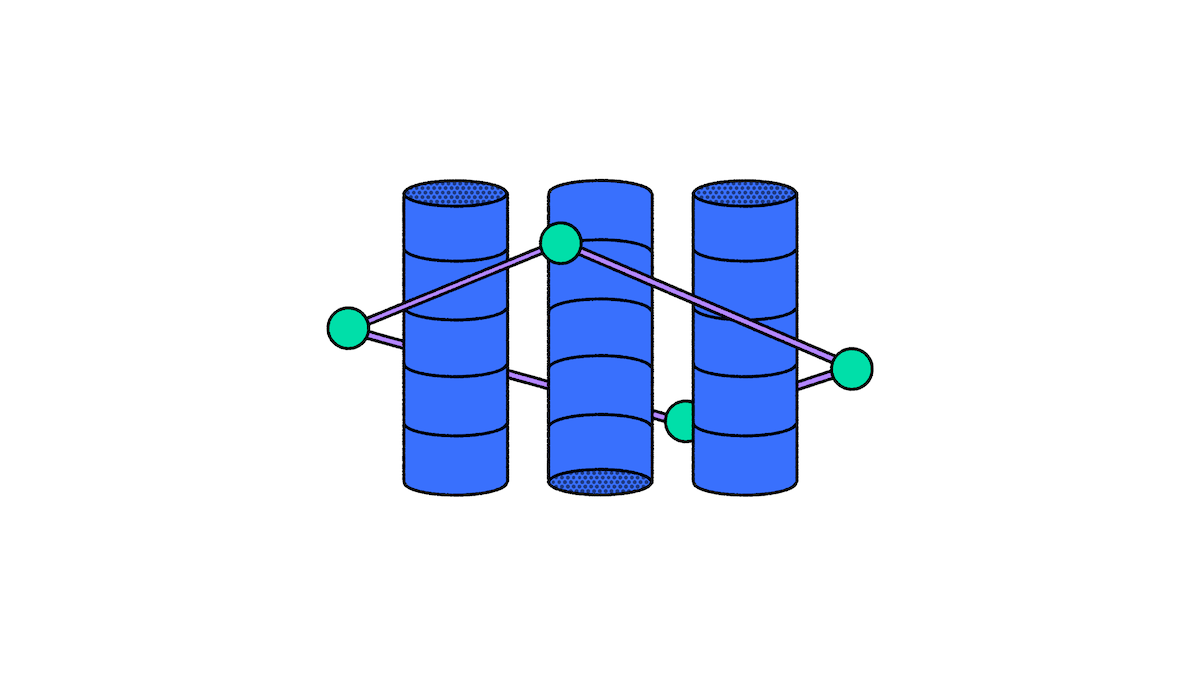Enhancing observability by modernizing an application

The observability challenge in legacy applications
- Complex architecture: Legacy applications are typically built using monolithic architectures, making it difficult to isolate issues and understand the impact of changes.
- Limited insights: Inadequate logging, tracing, and monitoring capabilities hinder the ability to gain deep insights into application behavior.
- Opaque data flow: Inadequate logging and tracing result in limited visibility into data flow and interactions.
- Silos of data: Data is often scattered across various databases and systems, making it hard to correlate and analyze data effectively.
- Manual debugging: Traditional debugging methods in legacy applications are time-consuming and error-prone, slowing down issue resolution.
Data Modernization with Hasura
- Granular observability: Hasura allows you to expose granular GraphQL APIs for each microservice, enabling detailed monitoring and tracing of API requests. This granularity provides insights into individual service performance and helps pinpoint bottlenecks.
- Real-time monitoring: Hasura's real-time capabilities empower you to monitor changes in your data in real time. You can set up real-time subscriptions to track data modifications, enabling proactive monitoring and reducing the time between detecting and addressing issues.
- Centralized data access: By unifying data access through GraphQL, Hasura eliminates data silos and provides a single endpoint for querying and monitoring data. This centralization simplifies observability and enhances data analysis.
- Dynamic tracing: Hasura's support for distributed tracing allows you to track the flow of requests across microservices. This dynamic tracing provides a holistic view of request paths and helps identify performance bottlenecks and latency issues.
- Automated debugging: Hasura's powerful debugging capabilities, including error tracking and detailed query analysis, accelerate issue resolution. Developers can identify problematic queries and optimize them for improved performance.
Observability options in Hasura
- Stats overview: Gain a holistic overview of project health and performance metrics.
- Errors: Real-time error tracking to diagnose and resolve issues promptly.
- Usage summaries: Insights into API usage patterns for informed decision-making.
- Operations: Monitor and analyze API operations to optimize performance.
- Websockets: Real-time tracking of data flows through Websockets.
- Subscription workers: Monitor subscription worker performance for seamless data streaming.
- Distributed tracing: Trace requests across microservices for performance insights.
- Query tags: Categorize queries for enhanced analysis and optimization.
Hasura's observability integrations
Use case: Real-time analytics dashboard
Hasura Enterprise: Elevated observability
- Monitoring for containers and pods: Self-hosted Hasura instances benefit from enabling monitoring, ensuring comprehensive insights into resource usage.
- Logs and metrics via Prometheus: Integration with Prometheus amplifies observability, offering granular insights into performance metrics.
Database observability with Hasura
- Historical query performance: Dive into historical query performance data to optimize database interactions and ensure efficient data retrieval.
- Host-level metrics: Monitor host-level metrics for efficient database operations.
Use case: Microservices performance optimization
Enhanced database observability with Hasura
- Enabling observability agents: Activating observability agents offers real-time insights into query performance.
- Query tags: Leveraging query tags along with native database monitoring tools like pganalyze enables deep analysis of query performance and database health.
Use case: Healthcare data monitoring
Proactive alerting and alert propagation
- Configuring alerts: Set up alerts for critical metrics and events, ensuring prompt notifications for immediate action.
- Alert propagation: Ensure alerts reach the appropriate teams for swift resolution and proactive maintenance.
Step-by-step modernization for enhanced observability
- Assessment and planning: Evaluate the legacy application's architecture, identifying potential microservices and data sources. Plan the migration to microservices with Hasura.
- Data modeling: Design the GraphQL schema using Hasura's schema stitching feature to represent the microservices' data and relationships.
- Migration: Migrate the existing application logic to microservices, creating GraphQL APIs using Hasura's declarative data modeling.
- Real-time integration: Implement real-time subscriptions using Hasura, enabling instant notifications of data changes.
- Monitoring and tracing: Set up monitoring tools like Prometheus and Grafana, and enable Hasura's tracing features to track API requests and identify performance issues.
- Testing and validation: Thoroughly test the modernized application, analyzing observability metrics to ensure performance improvements.
- Iterative enhancement: Continuously monitor the application, analyze observability data, and optimize queries and services for optimal performance.
Conclusion
Related reading




